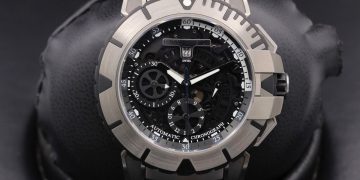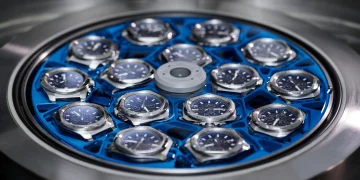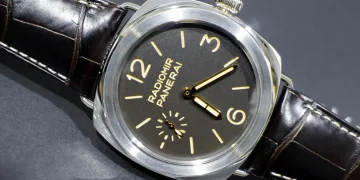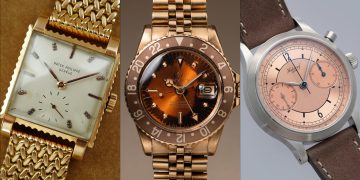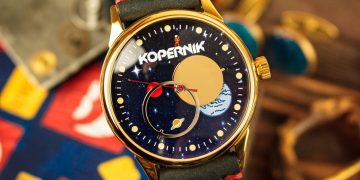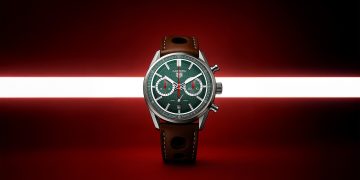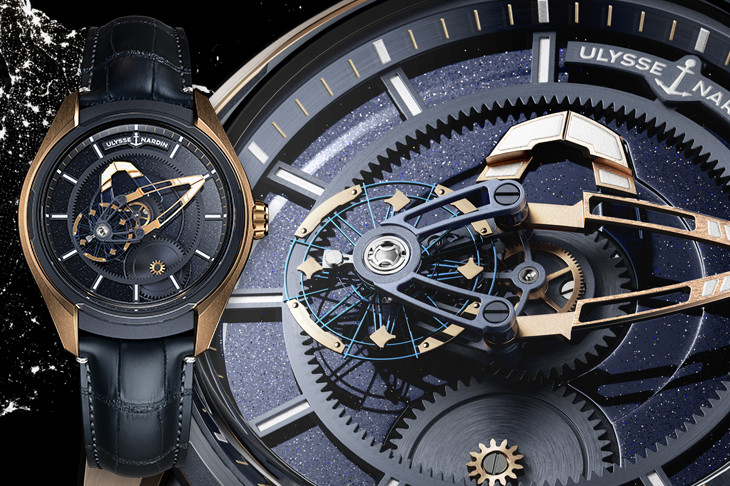Title: Is the Long-Standing History of Classic Brands the Key to Their Success?
Introduction
In the world of luxury goods, classic brands are often seen as synonymous with timeless quality, tradition, and exclusivity. These brands, whether in the world of fashion, watches, automobiles, or other high-end products, carry with them a legacy built on decades—or even centuries—of meticulous craftsmanship, innovation, and iconic design. Some of the most successful luxury brands, such as Rolex, Chanel, or Ferrari, have cultivated an enviable reputation, not only because of their superior products but also because of the rich history that has been woven into their identities.
But does a brand’s long-standing history truly determine its ongoing success? Can history, tradition, and legacy serve as the key driving factors behind their contemporary appeal, or are there other modern influences that must be considered? In this article, we will explore the role of history in shaping the success of classic brands, and assess whether it remains the fundamental key to their prosperity in the modern era.
1. The Power of Legacy in Branding
1.1 The Foundation of Classic Brands
- Brand Origins: Most classic luxury brands have rich histories that date back decades or centuries. Discuss how the origin stories of brands like Rolex, Louis Vuitton, and Ferrari were built upon a foundation of craftsmanship and visionary founders.
- Reputation for Excellence: Explore how these brands initially gained recognition and respect due to their commitment to quality, innovation, and distinction from their competitors.
1.2 The Emotional Connection with Consumers
- Creating Trust Through History: Examine how a long history fosters trust and emotional connections with customers. When customers purchase a product from a brand with a rich legacy, they are not simply buying an item; they are purchasing a piece of history.
- Symbol of Tradition and Timelessness: Discuss how customers value the heritage and continuity that these brands represent. A long-established brand can evoke a sense of cultural preservation and an unbroken link to a time of craftsmanship that resonates with luxury buyers.
2. The Influence of Innovation within Tradition
2.1 Adapting to Modernity While Preserving Tradition
- Balancing Tradition with Innovation: While classic brands often rest on their legacy, it is equally important to incorporate modern technologies and evolving tastes. Explore how successful brands like Rolex or Chanel continuously innovate in their designs, materials, and manufacturing techniques while preserving their core values and heritage.
- The Role of Research and Development: In industries such as watchmaking or automotive manufacturing, constant innovation and technical expertise are essential for staying relevant. Discuss how brands that have managed to combine traditional craftsmanship with technological advancements, such as Patek Philippe’s use of advanced mechanical movements or Ferrari’s use of cutting-edge engineering, remain dominant in their fields.
2.2 Modern Appeal Through Heritage
- Reviving Heritage Collections: Highlight how many luxury brands draw on their rich histories to create contemporary collections that appeal to modern consumers. Many companies release limited-edition items or heritage-inspired designs that tie back to their historical roots while remaining current.
- Brand Extensions: Analyze how brands often diversify their portfolios by introducing new product lines that still reflect their brand ethos, such as Louis Vuitton branching into luxury goods beyond handbags or Rolex expanding into precision-made timepieces that cater to both tradition and modern luxury.
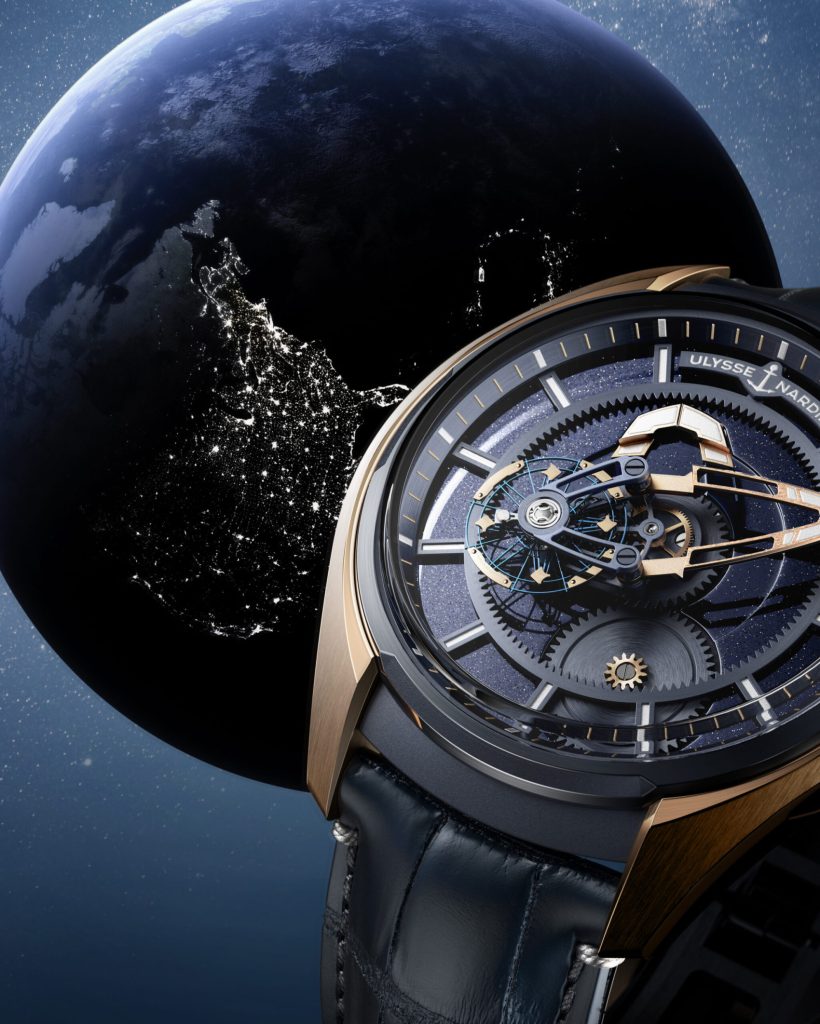
3. The Role of Exclusivity and Brand Identity
3.1 Prestige Through Tradition
- Exclusivity as a Value Proposition: Classic brands often position themselves as exclusive by virtue of their rich histories, which sets them apart from newer or more mass-market competitors. Discuss how exclusivity adds to the perception of value, and why history plays a significant role in upholding this exclusivity.
- Establishing Iconic Status: Look at how certain products from these historic brands, such as the Chanel No. 5 perfume or the Porsche 911, have become symbols of luxury. Their historical relevance helps define their iconic status, elevating them above others in the marketplace.
3.2 Crafting a Strong Brand Identity
- Brand Consistency: Classic brands, because of their historical roots, often have a more consistent brand identity over time. Examine how these brands maintain a cohesive image through logo, product design, and overall marketing strategies.
- Authenticity and Legacy: Consumers today are highly aware of authenticity. As the market becomes more competitive, history allows these classic brands to demonstrate that they are true to their roots and have remained loyal to the craftsmanship and ideals that first made them successful.
4. The Influence of Historical Events on Brand Evolution
4.1 Major Historical Events Shaping Brand Growth
- War and Innovation: Many classic luxury brands were influenced by major historical events such as wars and economic upheavals. Examine how World War I or World War II impacted companies like Rolex (which created the Oyster case for military use) or car manufacturers like Bentley, which adapted to meet the needs of wartime industries.
- Post-War Resurgence: After major conflicts, some brands experienced a boom period as consumers returned to purchasing luxury items. Discuss how some brands managed to seize the opportunity of post-war economic growth to solidify their global status.
4.2 Brand Resilience in a Changing World
- Adapting to Social and Cultural Shifts: Look at how brands that have been in operation for decades or centuries manage to maintain relevance despite significant societal changes. Consider how heritage brands like Burberry have been able to adjust to modern fashion sensibilities without sacrificing their legacy.
- Emerging Markets and Globalization: With globalization and the rise of emerging markets, many brands must evolve their marketing strategies and operations. Discuss how some classic brands have adapted to new global tastes and emerging luxury consumer bases, without compromising their historical significance.
5. Can a Brand Without a Long History Achieve Success?
5.1 New Brands and Innovation
- Success of Modern Brands: Can newer luxury brands compete with those that have been around for centuries? Discuss the rise of new luxury brands, such as Tesla or even newer watch brands that have gained recognition for their innovation and unique appeal.
- Fast-Track to Success: Modern brands can capitalize on new technologies, digital marketing, and direct-to-consumer models to gain traction quickly. Explore how, in some cases, newer brands are outpacing their historical competitors due to their understanding of current trends and technologies.
5.2 Legacy vs. Contemporary Relevance
- The Role of Marketing in Success: Newer brands may not have the same history, but they are leveraging the power of storytelling, digital presence, and influencer partnerships to build strong identities. Consider how some newer brands, like the Apple Watch, have challenged the traditional watchmaking industry.
- Long-Term Viability: Can newer brands replicate the long-term success that historically established brands have achieved? Explore the idea of how brands need both history and forward-thinking innovation to sustain themselves in the luxury market.
6. Conclusion
In conclusion, the long-standing history of classic luxury brands undeniably plays a significant role in their ongoing success. From the emotional connections consumers form with iconic brands to the exclusivity and legacy these companies represent, history is a crucial element in their success. However, it is important to note that innovation, adaptability, and the ability to connect with contemporary audiences are also pivotal for ensuring continued growth and relevance. While a rich history may provide a solid foundation, the ability of these brands to evolve and thrive in the modern world ultimately determines their long-term success.



